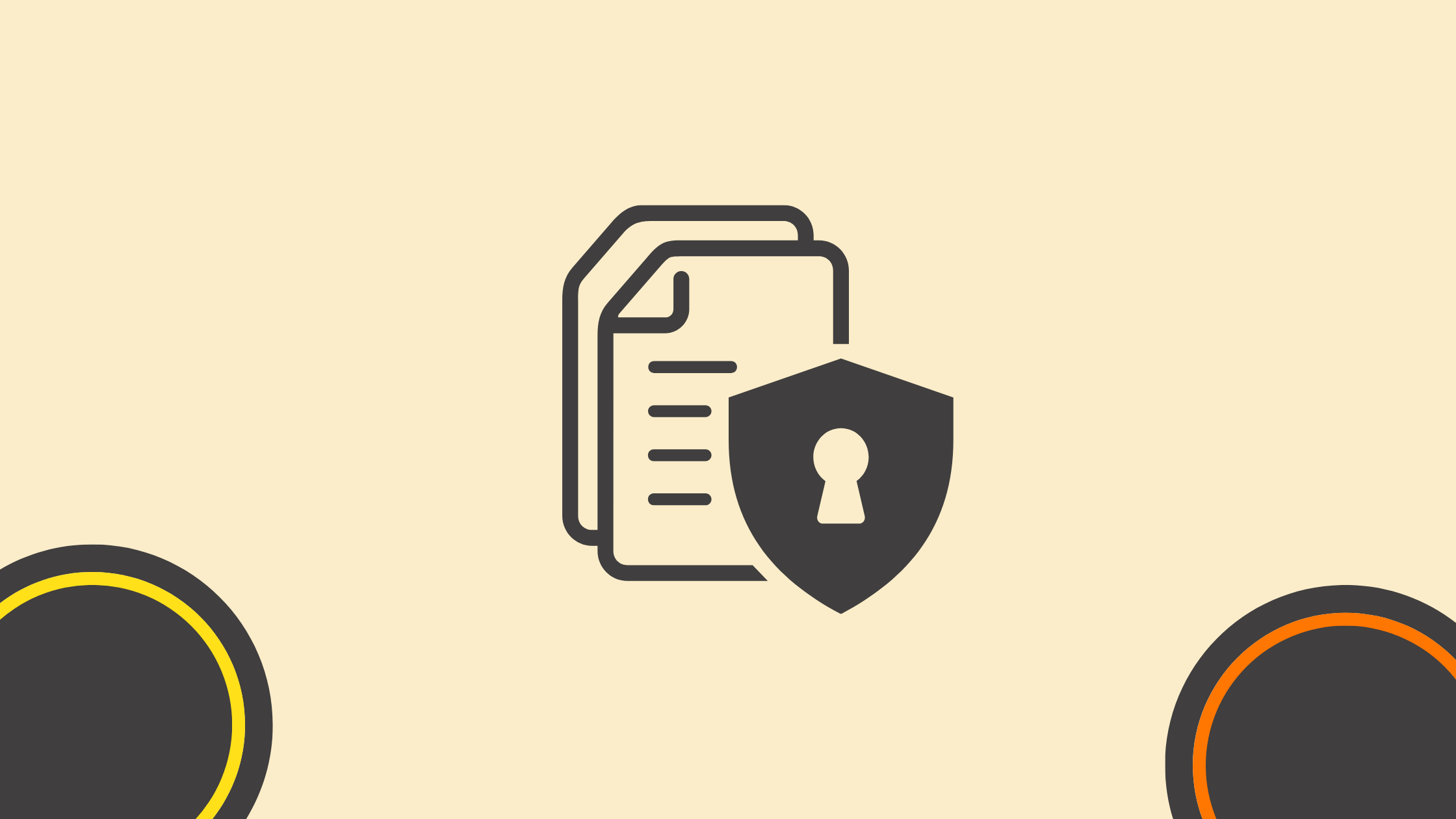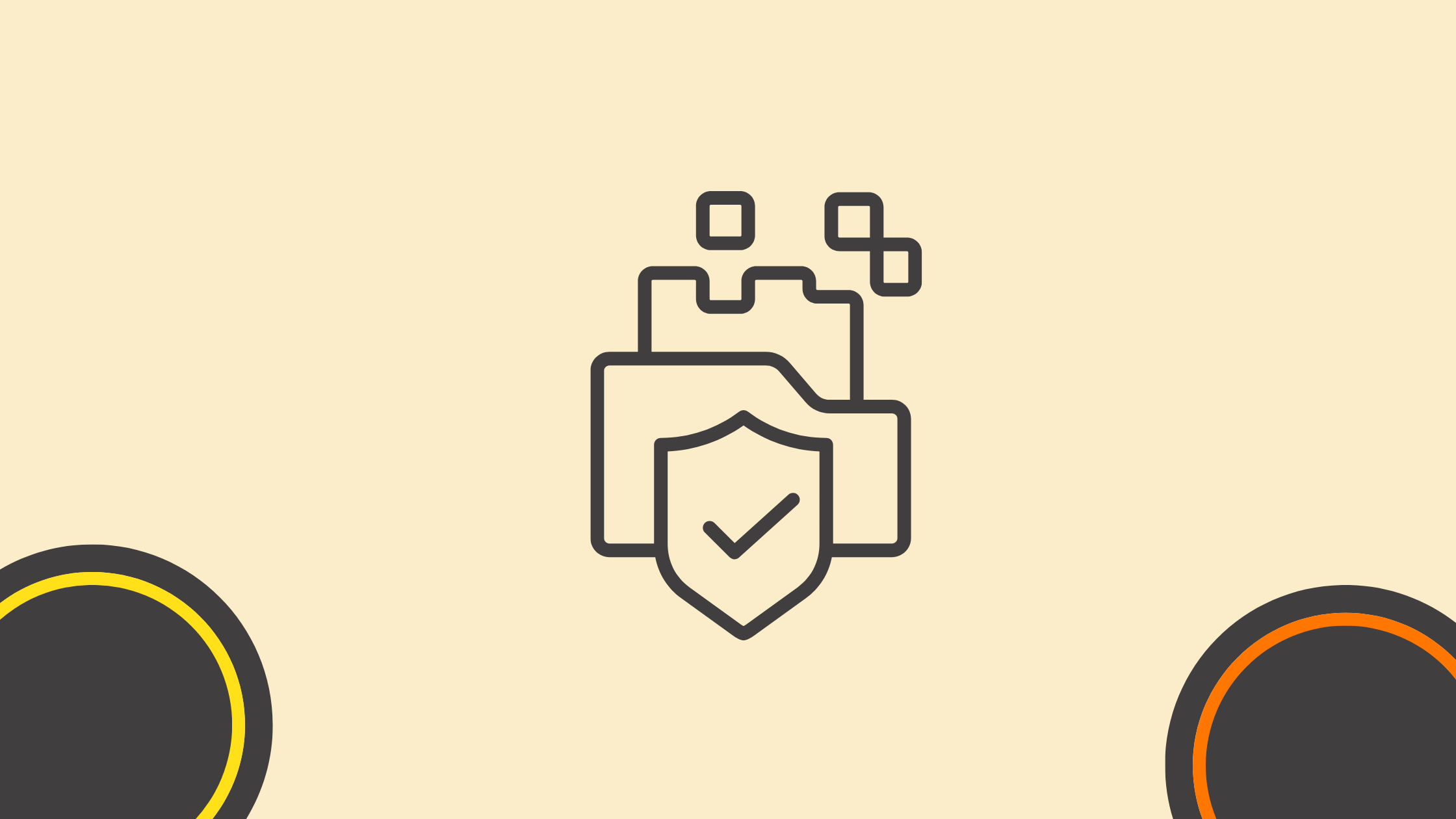Avoid Data Loss in Google Workspace: A Comprehensive Guide

Data has become one of the most valuable resources for organizations of all sizes.
Google Workspace provides businesses with a suite of tools designed to enhance productivity, foster collaboration, and store data. However, the risk of data loss still looms over many enterprises. It is crucial to understand how to protect this critical asset and ensure its integrity. This guide explores the key aspects of preventing data loss within Google Workspace.
This guide delves into understanding the importance of data protection, Google’s built-in features, common causes of data loss, backup strategies, and security settings.
Chapters
Understanding the Importance of Data Protection in Google Workspace

Data is the backbone of any organization, serving as a vital asset that drives decision-making and strategy. In Google Workspace, data is central to collaboration through tools like Google Docs, Sheets, and Drive, enabling teams to work together in real time.
The loss of data can lead to significant setbacks for businesses, affecting everything from financial performance to customer relationships. Protecting this information not only ensures continuity but also fosters trust and confidence among clients and stakeholders.
Risks Associated with Data Loss
Without proper safeguards, businesses face numerous risks associated with data loss, including operational disruption, financial losses, and reputational damage.
When data goes missing, the recovery process can be costly and time-consuming. Thus, understanding and mitigating these risks not only helps preserve data but also engenders a resilient business model. Implementing robust Google Workspace backup solutions and establishing clear protocols for data management can significantly reduce the likelihood of data loss. Additionally, regular training for employees on best practices in data handling and cybersecurity can further fortify an organization’s defences against potential threats.
By prioritizing data protection, businesses not only safeguard their assets but also demonstrate a commitment to ethical practices, enhancing their reputation in the eyes of consumers and partners alike.
Common Causes of Data Loss in Google Workspace
Despite the robust features, data loss in Google Workspace is still a possibility. It’s vital to recognize the common causes to prevent them effectively.
Understanding these causes is the first step in developing effective countermeasures.
- Accidental Deletion: Users may mistakenly delete important files or emails.
- Malicious Attacks: Cyber-attacks, such as ransomware or phishing, can result in unauthorized data removal.
- Sync Errors: Problems with synchronization among multiple devices may lead to data discrepancies.
- Natural Disasters: Even though data in the cloud is stored remotely, regional outages or disasters can affect access.
- Human Error: Employees may inadvertently overwrite files or fail to back up critical information before making changes. Training and awareness programs can help mitigate this risk by educating staff on best practices for data management.
The rapid pace of technological change means that organizations must remain vigilant and adaptable. As new tools and platforms emerge, they may introduce unforeseen vulnerabilities that could jeopardize data integrity. Regular audits and updates to data protection protocols are essential to stay ahead of potential threats.
Utilizing Google Workspace’s Built-In Data Loss Prevention Features and Back up Practises

Among its numerous advantages, Google Workspace boasts built-in data protection features that help mitigate risks. For example, Google Drive automatically saves previous versions of files, making it easy to recover lost data through the version history option.
Additionally, Google’s advanced security settings help to ensure that data is encrypted both in transit and at rest. To adds an extra layer of safety and combat the inevitable risks of data loss, implementing a strategic data backup and recovery plan is essential.
Regular Data Backup Practices
Organizations should establish regular backup practices to ensure data is consistently saved and retrievable. Scheduled backups, ideally occurring daily or weekly, can significantly minimize the risks of data loss. Furthermore, maintaining offline copies of vital documents can further secure business data from cyber incidents.
Data Recovery Solutions
In the event of data loss, businesses must have a reliable data recovery solution in place. Training employees on how to use Google Workspace’s recovery features, such as restoring deleted files from the trash or using version history to revert to prior versions, can facilitate quick recovery processes.
Additionally, having an incident response plan ready ensures that everyone knows their roles and responsibilities when unexpected data loss occurs, enabling swift action.
Data Recovery
Utilizing Google Workspace Security Settings
Maximizing the security settings within Google Workspace reinforces data integrity. Administrators should configure these settings based on organizational needs, ensuring robust protection against internal and external threats.
User Access and Permissions
Limiting user access and setting permissions is crucial in minimizing risks. By assigning roles effectively, organizations can ensure that only authorized personnel have access to sensitive data. This not only helps protect data but also reduces the likelihood of accidental data alterations.
Two-Factor Authentication
Implementing two-factor authentication (2FA) adds an additional layer of security, requiring users to provide two forms of verification before accessing accounts. This makes it significantly harder for unauthorized individuals to gain access, protecting critical business data.
Alert Settings and Audit Logs
Utilizing alert settings within Google Workspace allows organizations to receive notifications about suspicious activities, such as unauthorized access attempts. Additionally, maintaining audit logs helps track user activity, providing insights that can be used to identify potential security breaches or unauthorized data changes.
Third-Party Solutions for Enhanced Data Protection
While Google Workspace offers various built-in tools for data protection, organizations may also consider third-party solutions. These tools can complement existing measures and provide enhanced features. When evaluating third-party tools, it’s important to assess their compatibility with Google Workspace, the comprehensiveness of their features, and their track records in preventing data loss. Look for user reviews and case studies that highlight the effectiveness of these solutions.
Integrating Third-Party Solutions with Google Workspace
Integrating third-party solutions with Google Workspace requires careful planning and execution. Organizations should ensure that these tools can seamlessly interact with existing systems without creating vulnerabilities.
Collaboration with IT specialists can streamline this process, ensuring that any solutions implement effective data protection while maintaining a smooth user experience.
Conclusion
While Google Workspace offers numerous safeguards against data loss, organizations must be proactive in implementing a comprehensive data protection strategy. By understanding the risks, configuring settings appropriately, utilizing built-in tools, exploring third-party solutions, and establishing a routine for data backups and recovery, businesses can significantly mitigate the risks associated with data loss.
FAQ
What causes data loss in Google Workspace?
Common causes include accidental deletions, overwriting files, phishing attacks, unauthorized access, and misconfigured sharing settings.
How can users recover deleted files in Google Workspace?
Files can often be restored from the Trash within a certain time frame. Admins may also recover emails and files from backup systems or Google Vault if enabled.
What is Data Loss Prevention (DLP) in Google Workspace?
DLP refers to policies that help detect and prevent the sharing of sensitive information like credit card numbers or personal data within Gmail, Drive, or Chat.
How do DLP rules work?
These rules automatically scan files and messages for sensitive content, then take action such as blocking sharing, alerting admins, or quarantining the file.
Why are backups important if data is stored in the cloud?
Even though data is in the cloud, it can still be lost due to human error, malware, or sync issues. Independent backups help ensure that critical files can be recovered.
What are the best practices for backing up Google Workspace data?
Use automated daily backups, maintain version histories, and store backups in a secure and separate cloud environment or offline storage.
How does access control reduce the risk of data loss?
Limiting user permissions, reviewing admin roles, and regularly auditing shared files help reduce the chances of accidental or unauthorized changes.
Why is monitoring user activity important?
Monitoring helps detect unusual behavior, like mass deletions or unauthorized downloads, so you can act quickly before significant data loss occurs.
How can user training help prevent data loss?
Educating users on how to recognize phishing, use strong passwords, manage file permissions, and follow secure sharing practices reduces the risk of mistakes.
What tools can enhance Google Workspace security?
Admin dashboards, third-party backup services, two-step verification, endpoint protection, and DLP policies all help improve data security and recovery options.
Can Google Workspace prevent ransomware attacks?
While Workspace has built-in protections, it is still important to use additional layers like automated backups, file versioning, and real-time alerts to respond quickly to potential ransomware.
What is access transparency in Workspace?
Access transparency provides logs showing when and why Workspace data was accessed, giving visibility into administrative actions and helping with compliance.
How often should Workspace security settings be reviewed?
It’s recommended to review permissions, sharing settings, backup status, and DLP policies at least quarterly to ensure continued protection.
Are third-party backup tools necessary for Google Workspace?
While not mandatory, third-party tools offer advanced features like longer retention, version history, ransomware protection, and faster file recovery.
Can AI help identify potential data loss risks?
Yes. AI can analyze patterns and detect unusual behavior such as large data transfers, repeated file access attempts, or uncharacteristic login locations.
How does version history help in Google Docs and Sheets?
Version history allows users to view and restore earlier versions of a document, reducing the impact of accidental overwrites or deletions.
What role does admin control play in preventing data loss?
Admins can enforce sharing restrictions, create custom alerts, monitor file activity, and manage backup solutions, providing a strong first line of defense.
How should organizations respond to suspected data loss?
They should act quickly by checking audit logs, restoring files from backups, investigating user activity, and updating security settings if needed.
What compliance benefits come from strong data protection in Workspace?
Effective data loss prevention supports regulations like GDPR or HIPAA by protecting sensitive information and maintaining clear audit trails.
What is the first step to improving data protection in Google Workspace?
Start by reviewing current access settings, enabling DLP rules, setting up reliable backups, training your team, and using monitoring tools to detect issues early.
Other Interesting Articles
- AI LinkedIn Post Generator
- Gardening YouTube Video Idea Examples
- AI Agents for Gardening Companies
- Top AI Art Styles
- Pest Control YouTube Video Idea Examples
- Automotive Social Media Content Ideas
- AI Agent for Plumbing Business
- Plumber YouTube Video Idea Examples
- AI Agents for Pest Control Companies
- Electrician YouTube Video Idea Examples
- AI Agent for Electricians
- How Pest Control Companies Can Get More Leads
- AI Google Ads for Home Services
Master the Art of Video Marketing
AI-Powered Tools to Ideate, Optimize, and Amplify!
- Spark Creativity: Unleash the most effective video ideas, scripts, and engaging hooks with our AI Generators.
- Optimize Instantly: Elevate your YouTube presence by optimizing video Titles, Descriptions, and Tags in seconds.
- Amplify Your Reach: Effortlessly craft social media, email, and ad copy to maximize your video’s impact.